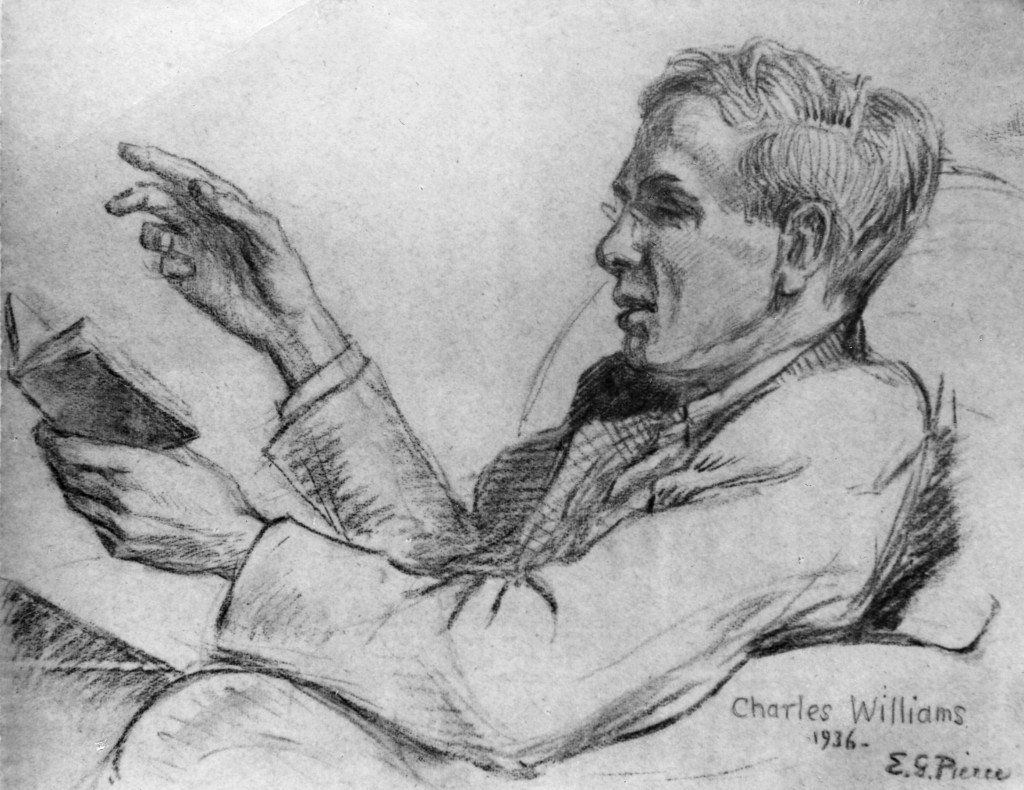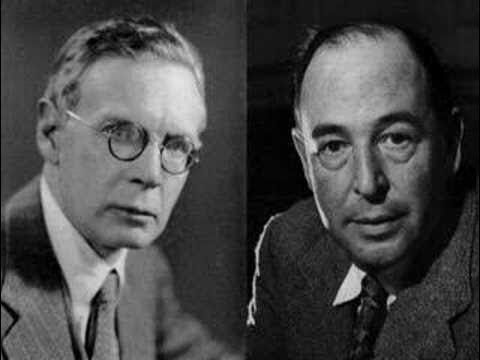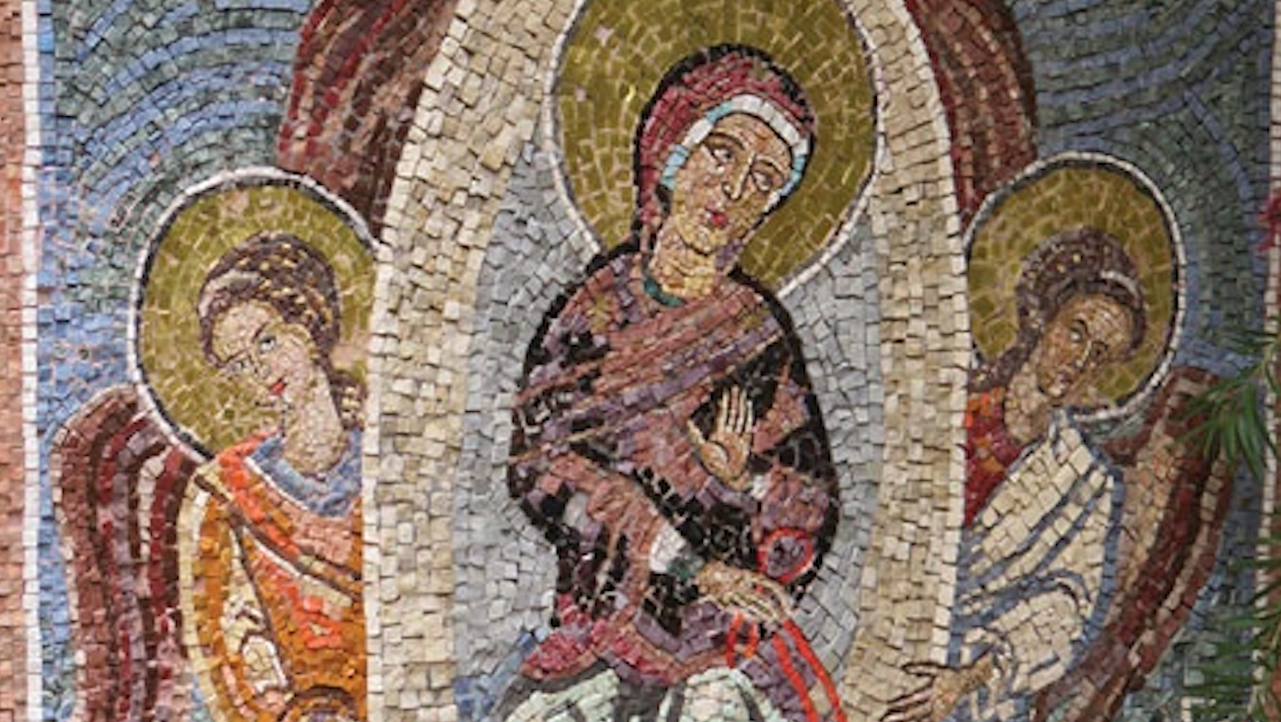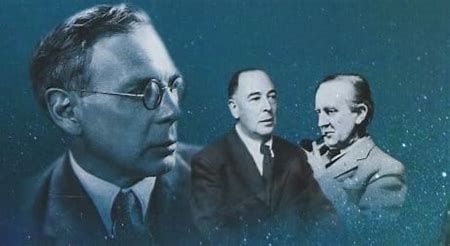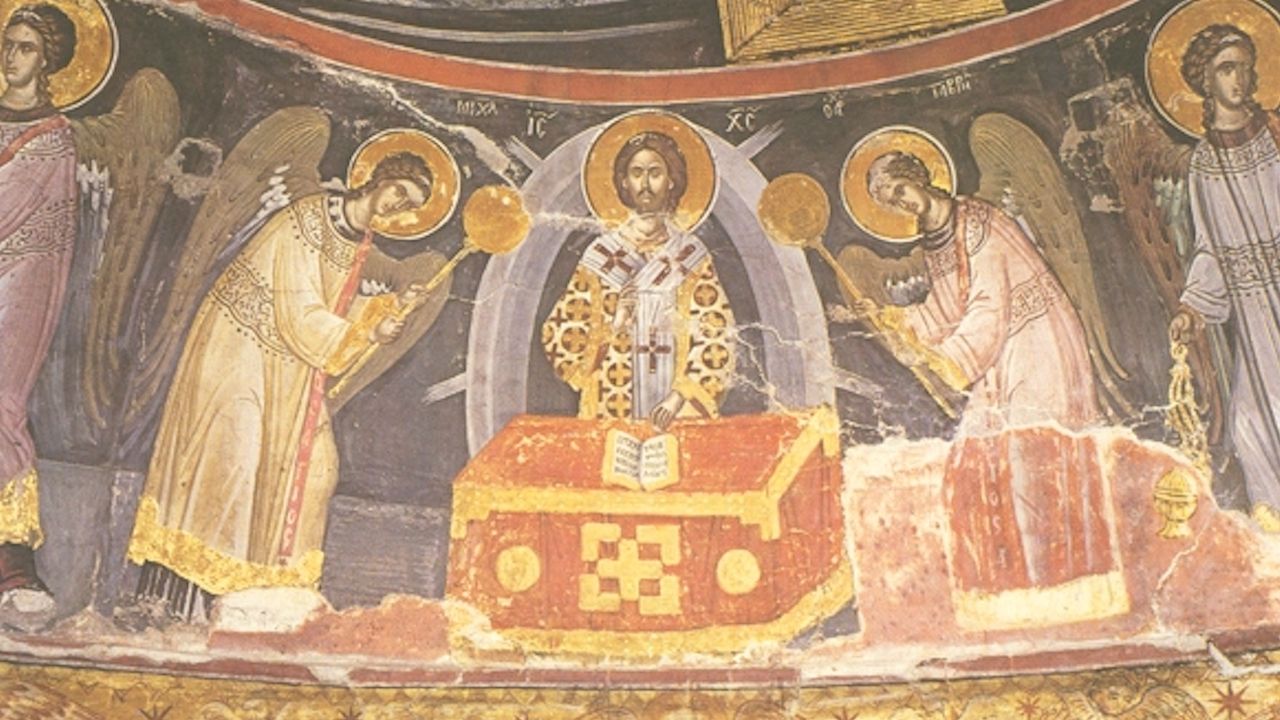IV. In order, then, that man might not be an undying or ever-living evil, as would have been the case if sin were dominant within him, as it had sprung up in an immortal body, and was provided with immortal sustenance, God for this cause pronounced him mortal, and clothed him with mortality. For this is what was meant by the coats of skins, in order that, by the dissolution of the body, sin might be altogether destroyed from the very roots, that there might not be left even the smallest particle of root from which new shoots of sin might again burst forth.
V. For as a fig-tree, which has grown in the splendid buildings of a temple, and has reached a great size, and is spread over all the joints of the stones with thickly-branching roots, ceases not to grow, till, by the loosening of the stones from the place in which it sprung up, it is altogether torn away; for it is possible for the stones to be fitted into their own places, when the fig tree is taken away, so that the temple may be preserved, having no longer to support what was the cause of its own destruction; while the fig-tree, torn away by the roots, dies; in the same way also, God, the builder, checked by the seasonable application of death, His own temple, man, when he had fostered sin, like a wild fig-tree, “killing” (Deut. 32:39), in the words of Scripture, “and making alive,” in order that the flesh, after sin is withered and dead, may, like a restored temple, be raised up again with the same parts, uninjured and immortal, while sin is utterly and entirely destroyed. For while the body still lives, before it has passed through death, sin must also live with it, as it has its roots concealed within us even though it be externally checked by the wounds inflicted by corrections and warnings; since, otherwise, it would not happen that we do wrong after baptism, as we should be entirely and absolutely free from sin. But now, even after believing, and after the time of being touched by the water of sanctification, we are oftentimes found in sin. For no one can boast of being so free from sin as not even to have an evil thought. So that it is come to pass that sin is now restrained and lulled to sleep by faith, so that it does not produce injurious fruits, but yet is not torn up by the roots. For the present we restrain its sprouts, such as evil imaginations, “test any root of bitterness springing up trouble” us (Heb. 12:15), not suffering its leaves to unclose and open into shoots; while the Word, like an axe, cuts at its roots which grow below. But hereafter the very thought of evil will disappear.
VI. But come now, since there is need of many examples in matters of this kind, let us examine them particularly from this point of view, without desisting till our argument ends in clearer explanation and proof. It appears, then, as if an eminent craftsman were to cast over again a noble image, wrought by himself of gold or other material, and beautifully proportioned in all its members, upon his suddenly perceiving that it had been mutilated by some infamous man, who, too envious to endure the image being beautiful, spoiled it, and thus enjoyed the empty pleasure of indulged jealousy. For take notice, most wise Aglaophon, that, if the artificer wish that that upon which he has bestowed so much pains and care and labor, shall be quite free from injury, he will be impelled to melt it down, and restore it to its former condition. But if he should not cast it afresh, nor reconstruct it, but allow it to remain as it is, repairing and restoring it, it must be that the image, being passed through the fire and forged, cannot any longer be preserved unchanged, but will be altered and wasted. Wherefore, if he should wish it to be perfectly beautiful and faultless, it must be broken up and recast, in order that all the disfigurements and mutilations inflicted upon it by treachery and envy, may be got rid of by the breaking up and recasting of it, while the image is restored again uninjured and unalloyed to the same form as before, and made as like itself as possible. For it is impossible for an image under the hands of the original artist to be lost, even if it be melted down again, for it may be restored; but it is possible for blemishes and injuries to be put off, for they melt away and cannot be restored; because in every work of art the best craftsman looks not for blemish or failure, but for symmetry and correctness in his work. Now God’s plan seems to me to have been the same as that which prevails among ourselves. For seeing man, His fairest work, corrupted by envious treachery, He could not endure, with His love for man to leave him in such a condition, lest he should be forever faulty, and bear the blame to eternity; but dissolved him again into his original materials, in order that, by remodeling, all the blemishes in him might waste away and disappear. For the melting down of the statue in the former case corresponds to the death and dissolution of the body in the latter, and the remolding of the material in the former, to the resurrection after death in the latter; as also saith the prophet Jeremiah, for he addresses the Jews in these words, “And I went down to the potter’s house; and, behold, he wrought a work upon the stones. And the vessel which he made in his hands was broken; and again he made another vessel, as it pleased him to make it. And the word of the Lord came to me, saying, ‘Cannot I do to you as this potter, O house of Israel? Behold, as the clay of the potter are ye in my hands’” (Jer. 18:3-6).
VII. For I call your attention to this, that, as I said, after man’s transgression the Great Hand was not content to leave as a trophy of victory its own work, debased by the Evil One, who wickedly injured it from motives of envy; but moistened and reduced it to clay, as a potter breaks up a vessel, that by the remodeling of it all the blemishes and bruises in it may disappear, and it may be made afresh faultless and pleasing.
[…]
XIII. Since flesh was made to border on incorruption and corruption, being itself neither the one nor the other, and was overcome by corruption for the sake of pleasure, though it was the work and property of incorruption; therefore it became corruptible, and was laid in the dust of the earth. When, then, it was overcome by corruption, and delivered over to death through disobedience, God did not leave it to corruption to be triumphed over as an inheritance; but, after conquering death by the resurrection, delivered it again to incorruption, in order that corruption might not receive the property of incorruption, but. incorruption that of corruption. Therefore the apostle answers thus, “For this corruptible must put on incorruption, and this mortal must put on immortality” (1 Cor. 15:53). Now the corruptible and mortal putting on immortality, what else is it but that which is “sown in corruption and raised in incorruption” (1 Cor. 5:42)—for the soul is not corruptible or mortal; but this which is mortal and corrupting is of flesh—in order that, “as we have borne the image of the earthy, we shall also bear the image of the heavenly?” (1 Cor. 15:49). For the image of the earthy which we have borne is this, “Dust thou art, and unto dust shalt thou return” (Gen. 3:19). But the image of the heavenly is the resurrection from the dead, and incorruption, in order that “as Christ was raised up from the dead by the glory of the Father, so we also should walk in newness of life” (Rom. 6:4). But if any one were to think that the earthy image is the flesh itself, but the heavenly image some other spiritual body besides the flesh, let him first consider that Christ, the heavenly man, when He appeared, bore the same form of limbs and the same image of flesh as ours, through which also He, who was not man, became man, that “as in Adam all die, even so in Christ shall all be made alive” (1 Cor. 15:22). For if He bore flesh for any other reason than that of setting the flesh free, and raising it up, why did He bear flesh superfluously, as He purposed neither to save it, nor to raise it up? But the Son of God does nothing superfluously. He did not then take the form of a servant uselessly, but to raise it up and save it. For He truly was made man, and died, and not in mere appearance, but that He might truly be shown to be the first begotten from the dead, changing the earthy into the heavenly, and the mortal into the immortal. When, then, Paul says that “flesh and blood cannot inherit the kingdom of God” (1 Cor. 15:50), he does not give a disparaging opinion of the regeneration of the flesh, but would teach that the kingdom of God, which is eternal life, is not possessed by the body, but the body by the life. For if the kingdom of God, which is life, were possessed by the body, it would happen that the life would be consumed by corruption. But now the life possesses what is dying, in order that “death may be swallowed up in victory” by life (1 Cor. 15:54), and the corruptible may be seen to be the possession of incorruption and immortality, while it becomes unbound and free from death and sin, but the slave and servant of immortality; so that the body may be the possession of incorruption, and not incorruption that of the body.
~St Methodius of Olympus, Discourse on the Resurrection

